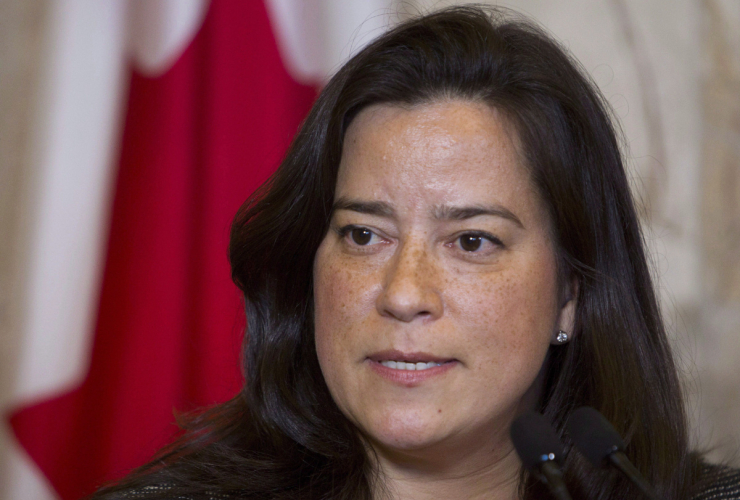Her body was found in a dumpster. She was a homeless woman from Manitoba’s Birdtail Sioux First Nation, murdered in Vancouver.
She was one of 1,200 murdered and missing Indigenous women that are now the subject of a long-awaited federal government inquiry launched on Dec. 8 by Justice Minister Jody Wilson-Raybould.
“I think it’s a long time coming,” said Birdtail Sioux Chief Kenneth Chalmers. He was attending the Assembly of First Nations Special Chiefs Assembly in Gatineau on Dec. 8, where PM Justin Trudeau had earlier made an appearance.
The woman found dead in Vancouver was his community’s only confirmed death. Her parents had suffered through residential schools, a legacy that left the family grappling with addiction issues.
Indeed, the victim herself was affected by Fetal Alcohol Spectrum Disorder (FASD), a condition caused when a pregnant mother consumes alcohol, he said. FASD can cause birth defects, cognitive, emotional, and behavioural problems, and physical disabilities.
Chief Kenneth Chalmers speaks with National Observer.
“We have to do a lot more on our part to make sure our young women and our young girls are warned of the pitfalls of what could happen to them out there if they’re not careful. We're trying to teach them to be on guard out there,” said Chalmers, indicating that a federal inquiry alone would not be a magic bullet for Canada’s First Nations.
For Chalmers, the solution involves better communication with his community’s youth, and working with families and parents to keep their children in school and off the streets. His nation recently built a new high school, which will likely help improve education outcomes for Birdtail Sioux teens.
Change was afoot even before Wilson-Raybould and her parliamentary colleagues formally launched the government inquiry into murdered and missing women.
“We’ve had a few women go missing but we’ve always managed to hunt them down. In the last couple of years the RCMP have done a good job in finding them because of the public pressure. They’re starting to do a better job of it, in my opinion,” said Chalmers.
Change we can believe in?
Two provinces west of Manitoba, Cecil Nepoose also held out hope that a federal inquiry would staunch the flow of women and girls disappearing from the Samson Cree Nation.
“Nobody’s really taken notice Only at this point in time that announcement kind of triggered things off. I believe that there is hope that change will happen,” said Nepoose.
He said that a number of women had previously gone missing from his community but did not have any precise casualty toll. There had been a recent death in the community, a situation that required the presence of the current chief Kurt Buffalo, he said. "I’m filling in as a proxy for him,” said Nepoose.
The victim was killed in a gang-related homicide near Edmonton, just 90 km north of the Samson Cree Nation’s lands.
Like his Manitoban counterpart, Nepoose does not think that an inquiry alone will solve the problem of murdered and missing women. Part of the answer lies with the Samson Cree Nation itself, he says, as they have to come up with their own plan to protect women in their community.
“There is a lot of work to be done,” said Nepoose.
Persistent racism
Racism against First Nations remains entrenched in Canadian communities. Indigenous people in cities such as Thunder Bay face racist abuse in the street, physical assault, and even rape.
Three years ago, a Thunder Bay woman walking to her local store was abducted by a group of men in a car who drove her outside city limits, before raping her, attempting to strangle her, and leaving her for dead. Her kidnappers explicitly told her that she was being attacked because she was Indigenous and warned her to keep her mouth shut.
For those who escape violent assault or attempted murder, institutional racism permeates the life of First Nations people in Canada.
According to a Maclean's article published in January, incarceration rates in First Nations communities run at 1,400 per 100,000 people or 2,207 times Canada’s national average. Unemployment among First Nations people is approximately 14 per cent, twice Canada’s national average. Their median income of $22,344 is just 60 per cent of the national average.
Homicide rates are 8.8 people per 100,000, 17 times that of Canada as a whole— and infant mortality runs at 11.7 per 1,000 live births, more than double the national average.




Comments